Circular Fashion & Teens
First off, circular fashion is like a superhero cape for the environment. It’s all about reducing waste, reusing stuff, and being cool while doing it. Teens are the future, right? So, getting into circular fashion means we’re setting the stage for a more sustainable world for ourselves and generations to come.
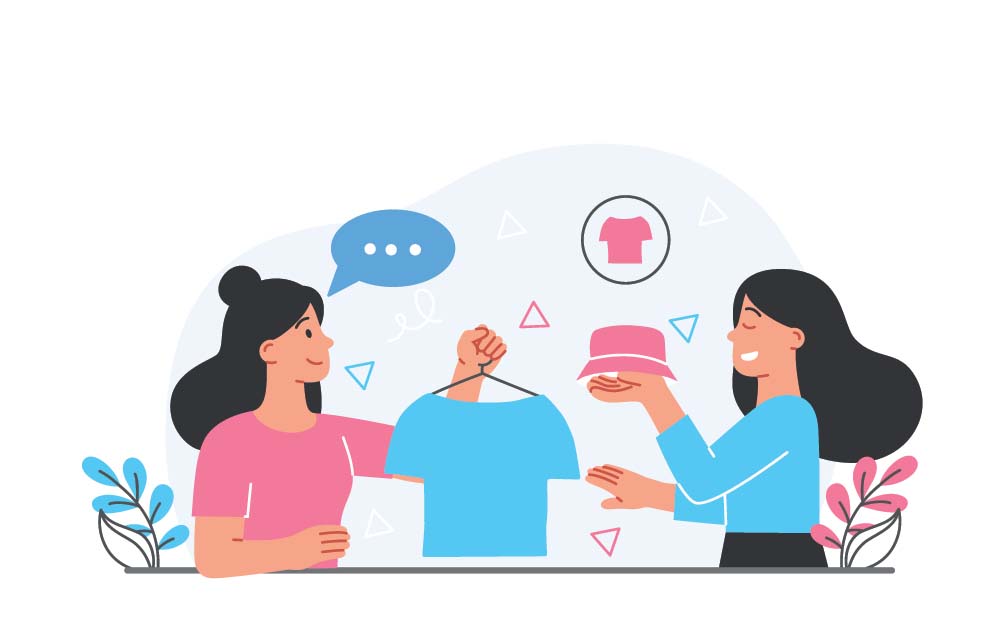
Image used for representational purposes only.
Think about your favourite hoodie or jeans. Do you know how they're made and what happens to them after you're done wearing them? Circular fashion teaches us about the whole lifecycle of clothes - from making fabrics to tossing them out. When we understand this cycle, we can make smarter choices that don't harm the planet.
Why is it important?
In a world where fashion trends evolve at lightning speed, the concept of circular fashion education for teens has become a vital aspect of shaping a sustainable future. As the younger generation becomes increasingly conscious of the environmental impact of their choices, educating teens about circular fashion not only empowers them but also lays the groundwork for a more responsible and eco-friendly approach to style.
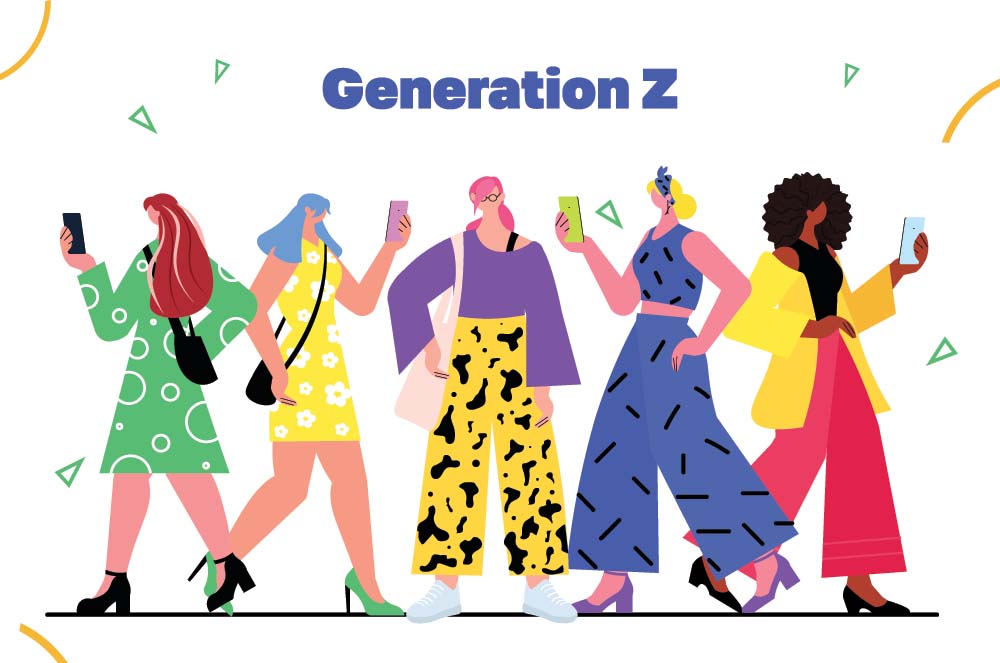
Image used for representational purposes only.
Accenture's Global Consumer Pulse Research survey found that 62 per cent of Gen Z consumers prefer to buy from sustainable brands. They're willing to pay more for products and services that have a positive social and environmental impact. Another survey- IBM's Institute for Business Value reported that 75 per cent of Gen Z respondents are willing to change their shopping habits to reduce environmental impact. This makes it even more important for the younger generation to know more about aspects of sustainable consumption like circularity.
So if you’re a teen or know someone who could benefit from knowing more about circular fashion, here are some practical tips to engage in embracing circular fashion and incorporating sustainability into their style choices:
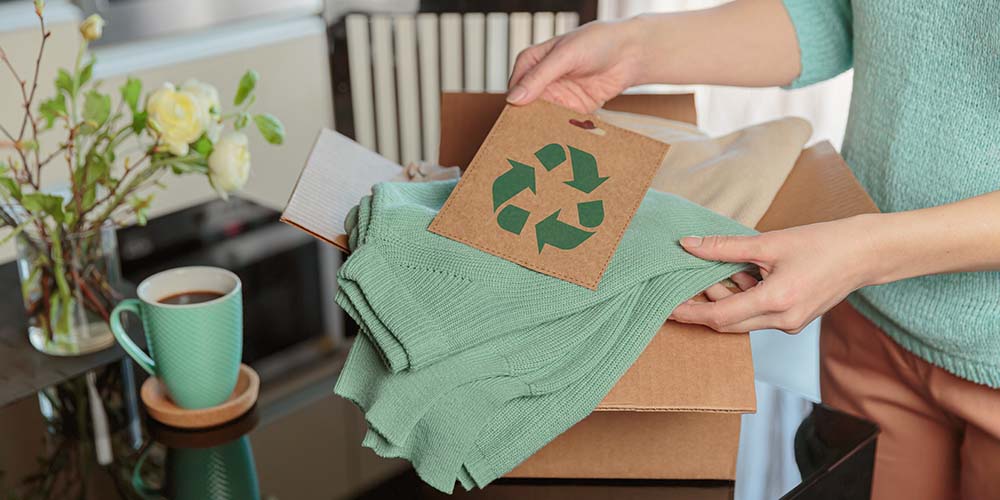
• Educate through Visual Media: Use documentaries, YouTube videos, and social media platforms to showcase the impact of fast fashion on the environment. Engaging visuals can effectively communicate the importance of sustainable fashion.
• Start Small: Encourage teens to start by making small changes, such as buying one or two sustainable pieces or participating in a clothing swap with friends. Small steps can lead to more significant changes over time.
• Quality Over Quantity: Emphasise the value of investing in quality clothing that lasts longer, rather than buying cheap, fast-fashion items that quickly lose their appeal and contribute to waste.
• Thrift Shopping and Swapping: Take teens to thrift stores or organize clothing swap events. This hands-on experience can be fun and enlightening, showing them how they can find unique pieces while reducing clothing waste.

Image used for representational purposes only.
• DIY and Upcycling Projects: Encourage creativity by organizing DIY workshops or providing resources for upcycling clothes. Teens can learn how to repurpose old garments into trendy and unique items.
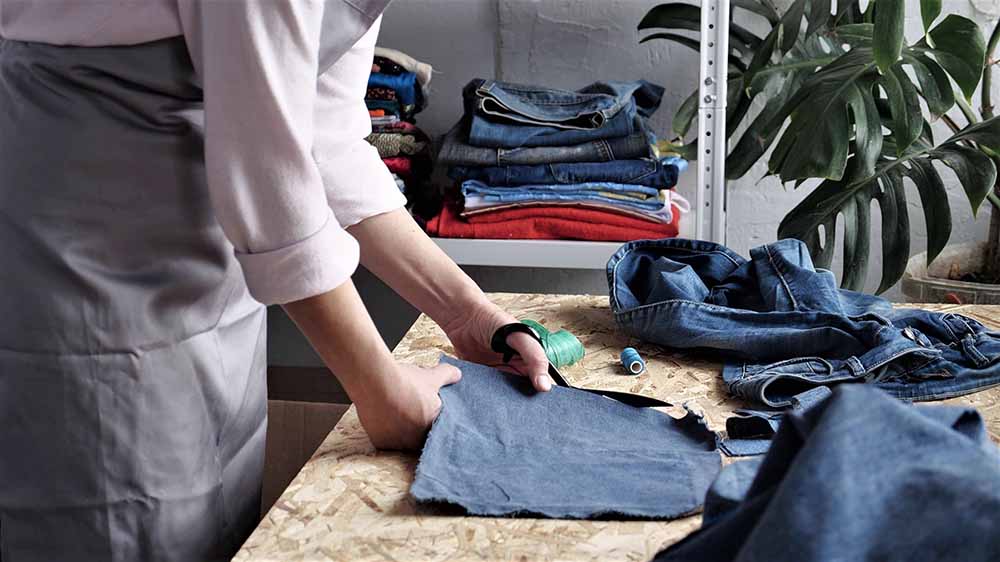
Image used for representational purposes only.
• Explore Sustainable Brands: Introduce teens to ethical and sustainable fashion brands. Showcasing these companies’ commitment to environmental and social responsibility can inspire conscious consumerism.
• Lead by Example: Parents, teachers, and role models can set an example by adopting sustainable fashion practices themselves. Teens are more likely to follow suit when they see these values being lived out.
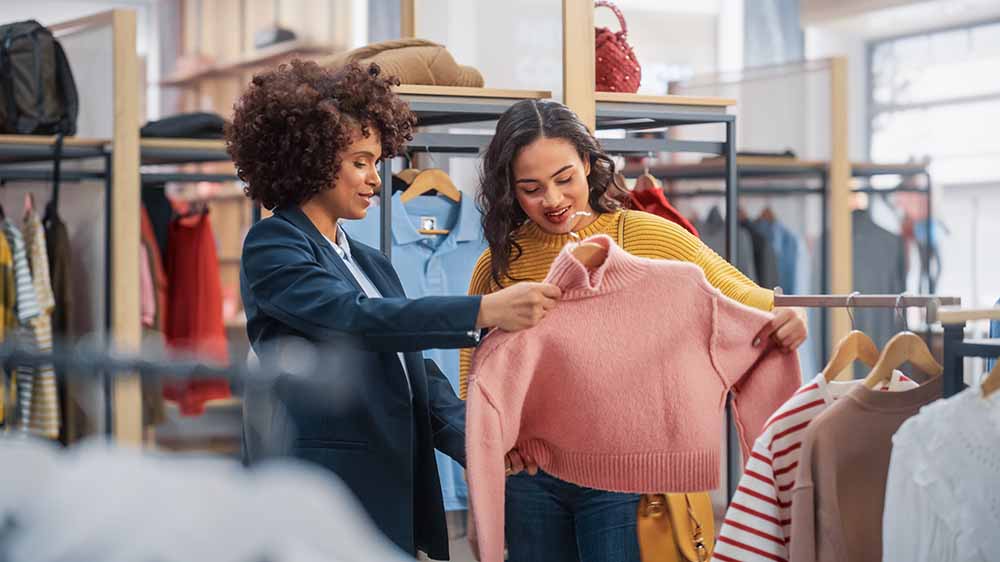
Image used for representational purposes only.
• Encourage Critical Thinking: Prompt teens to ask questions about where their clothes come from, who made them, and what impact they have on the environment. Encourage them to research and make informed decisions.
• Support Local and Independent Brands: Highlight the importance of supporting local artisans and independent brands that prioritize sustainability and ethical practices.
• Engage in Discussions: Create a safe space for open discussions about sustainable fashion, allowing teens to share their thoughts, ideas, and concerns. This fosters a sense of community and encourages learning from each other.
By incorporating these tips into circular fashion education, teens can gradually embrace sustainable practices and develop a conscious approach to fashion that benefits both their style and the planet.